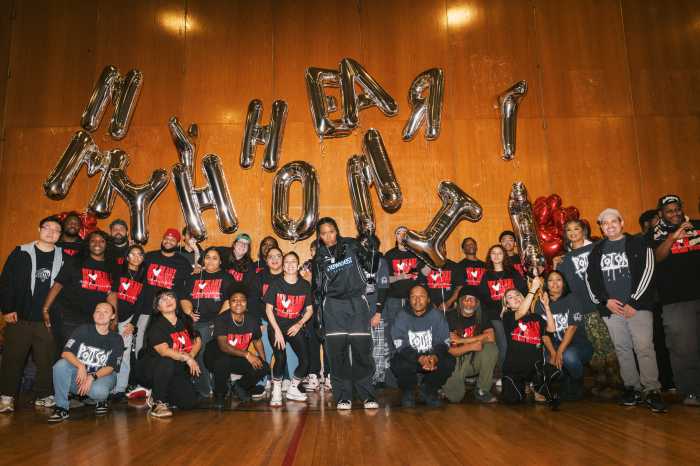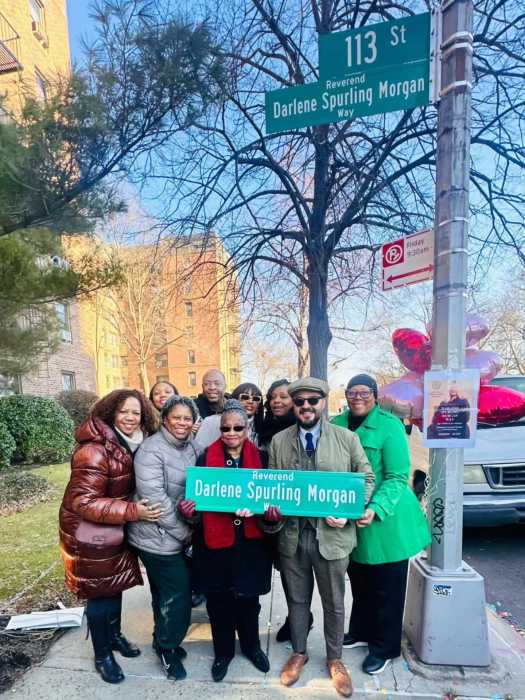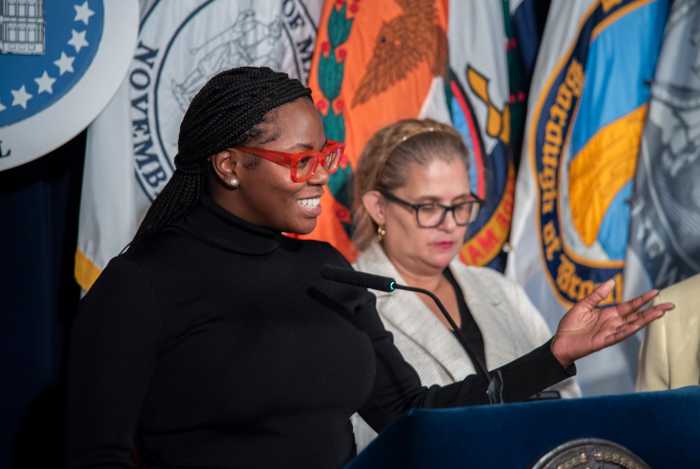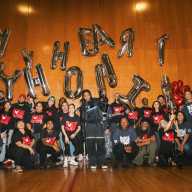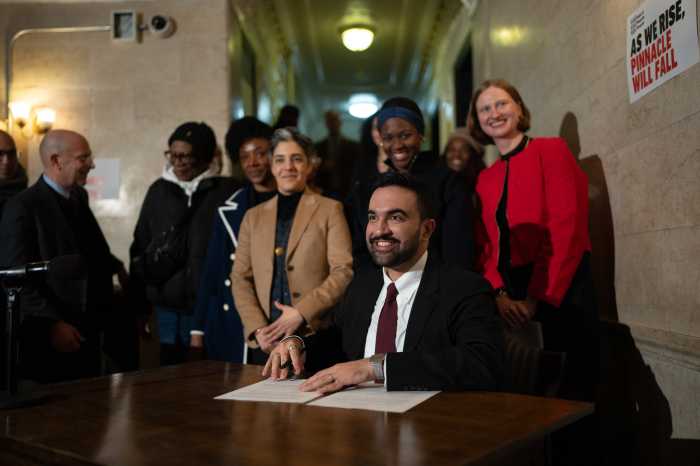By Madina Toure
The developers of the upcoming Cornell Tech campus on Roosevelt Island offered a sneak preview of the project late Tuesday morning.
The 12.5-acre site will consist of The Bloomberg Center, an academic building; The Bridge at Cornell Tech, a corporate co-location building; a residential building that will include 350 units for students, staff and faculty; the Verizon Executive Education Center and Hotel; and a central utility plant. The campus will be developed in three phases, with the first due to open in 2017.
The first phase consists of the Bloomberg Center, The Bridge and the residential building. All of the buildings, except for the executive education center, will open in 2017. Students and faculty will start coming to the campus in fall 2017.
Andrew Winters, senior director of capital projects for Cornell Tech, said the campus seeks to provide an open public space that is inviting to the community, encouraging people to participate in its programming.
The Bloomberg Center, named for the former mayor, will consist of classrooms, an auditorium, office space, student space and a café on the ground floor.
“We’re trying to cut across all different segments and bring as many people out as we can,” Winters said.
The residential building will be 26 stories high and consist of 500 beds, the first high-rise residential passive house building in the world. Passive buildings cut energy consumption by 60 percent to 80 percent compared to code buildings, according to the Passive House Institute US.
About 50 percent of students will live in the residential building, with the top two floors reserved for faculty and staff. The $2 billion campus will be part of U.S. Rep. Carolyn Maloney’s (D-Astoria) district.
When complete, the campus will have 2 million square feet of state-of-the-art buildings, more than two acres of open space, and more than 2,000 graduate students and hundreds of faculty and staff.
Winters guided residents and journalists along Tech Walk for a tour of the site, which is currently in active construction. The steel and other material for the Bloomberg Center and the Bridge buildings are being delivered by barge to the island.
He said the surrounding community was split over the tallness of the residential building but said the height would provide a good view among other advantages.
Winters said he sees opportunities in nearby Long Island City, noting that plans to install a ferry landing on the eastern side of Roosevelt Island to the north of the Queensboro Bridge would make it easier to connect with the neighborhood directly.
“We see Long Island City as a developing neighborhood where there’s a lot of opportunity for housing, a lot of opportunity for commercial development that could potentially be tied into the sort of commercial development that we’re looking at here,” he said.
Cornell Tech’s temporary campus has been operating at Google’s Chelsea building in Manhattan since 2012, with a growing world-class faculty and about 150master’s and Ph.D. students who work with tech-oriented companies and organizations.
Reach reporter Madina Toure by e-mail at mtour

